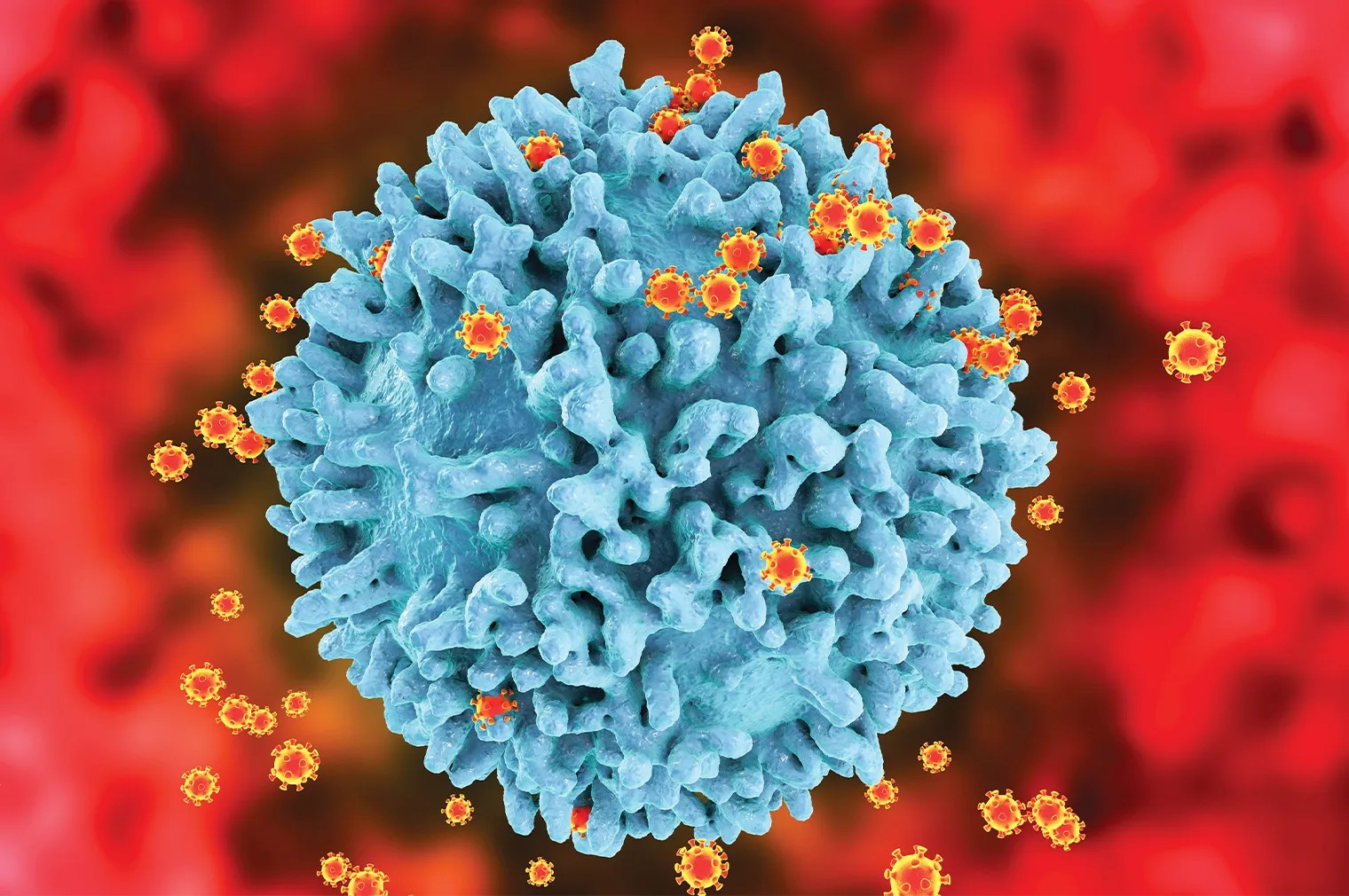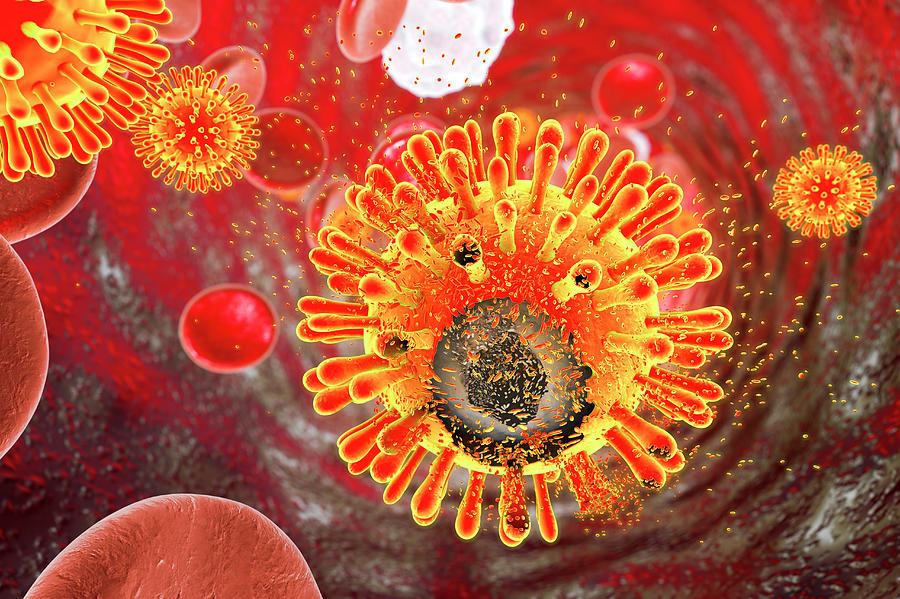In a groundbreaking advancement in medical science, researchers have managed to leverage CRISPR gene-editing technology to excise HIV from infected cells, marking a significant step forward in the long-standing battle against the human immunodeficiency virus.
This innovative approach, spearheaded by scientists at the University of Amsterdam, has introduced a new ray of hope for millions worldwide living with the virus that has, for decades, eluded a definitive cure.
The Power of CRISPR: A New Frontier in HIV Treatment
CRISPR, a revolutionary gene-editing tool derived from bacteriophage DNA sequences, has been making waves across various fields of medicine for its ability to “cut” and “paste” genes, thereby enabling precise DNA editing.
This technology has shown promising results in various applications, from reducing cholesterol production in the human liver to restoring color vision and treating sickle cell disease. The latest endeavor by the team at the University of Amsterdam, led by researcher Elena Herrera Carrillo, has taken CRISPR’s potential to new heights by targeting HIV directly.

“We have developed an efficient combinatorial CRISPR-attack on the HIV in various cells and the locations where it can be hidden in reservoirs, and demonstrated that therapeutics can be specifically delivered to the cells of interest,” said project lead and University of Amsterdam researcher Elena Herrera Carrillo in a statement.
Challenges and Hope on the Horizon
While the initial findings are promising, translating this technique from cell samples to a viable treatment for humans is fraught with challenges. One significant concern is the presence of cells infected with dormant HIV DNA that could reawaken and evade the CRISPR treatment.
Additionally, the safety and efficacy of this gene-editing approach in animals and humans remain to be thoroughly vetted.

“Much more work will be needed to demonstrate results in these cell assays can happen in an entire body for a future therapy,” University of Nottingham gene-therapy technologies associate professor James Dixon told the BBC.
A Cautious Path Forward
The enthusiasm surrounding this breakthrough is tempered by concerns over potential unintended consequences of the treatment, including off-target effects that could lead to long-term side effects.
“Off-target effects of the treatment, with possible long-term side effects, remain a concern,” Francis Crick Institute, London virus expert Jonathan Stoye told the BBC.
Scientists Manage to Cut HIV Out of Individual Cells https://t.co/YfRGvYJGoI
— Futurism (@futurism) March 20, 2024
A Milestone in Medical Science
The University of Amsterdam’s research represents a significant milestone in the ongoing fight against HIV. By harnessing the power of CRISPR gene editing, scientists have opened a new chapter in the quest to find a cure for this devastating virus.
While the road ahead is fraught with scientific and ethical challenges, the potential for a future where HIV can be effectively cured is a testament to the relentless pursuit of innovation and hope in the face of adversity.

In an era where advancements in medical science are continually pushing the boundaries of what is possible, this latest development serves as a reminder of the transformative potential of technology when applied with precision and purpose.
As researchers and medical professionals work tirelessly to refine and validate this approach, the dream of a world free from HIV inches ever closer to reality.


